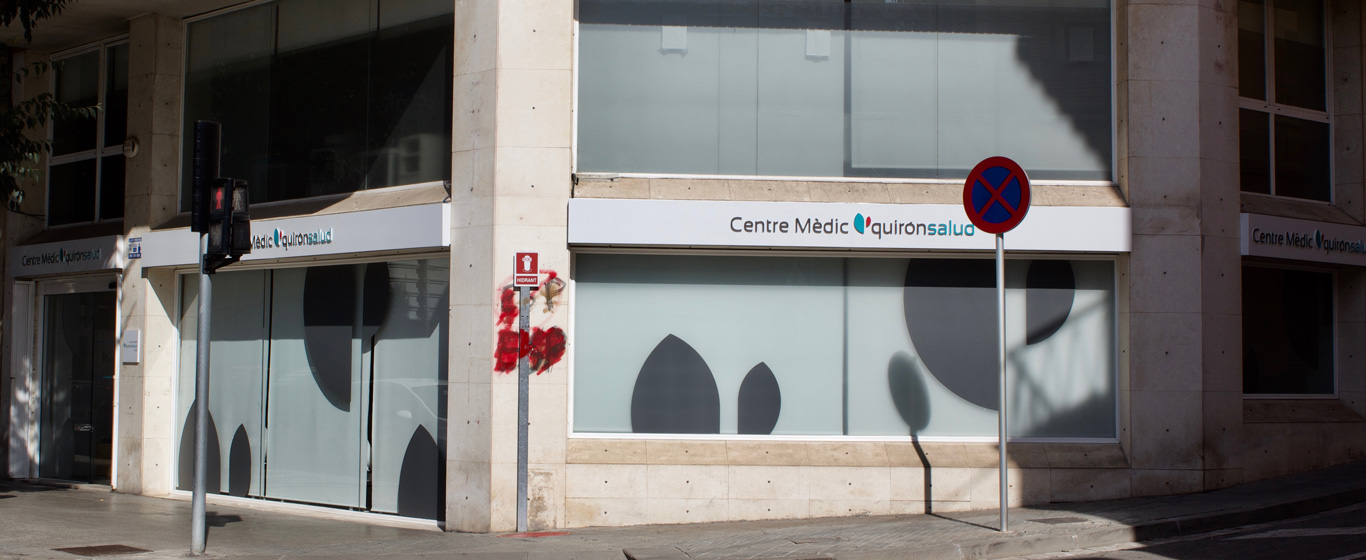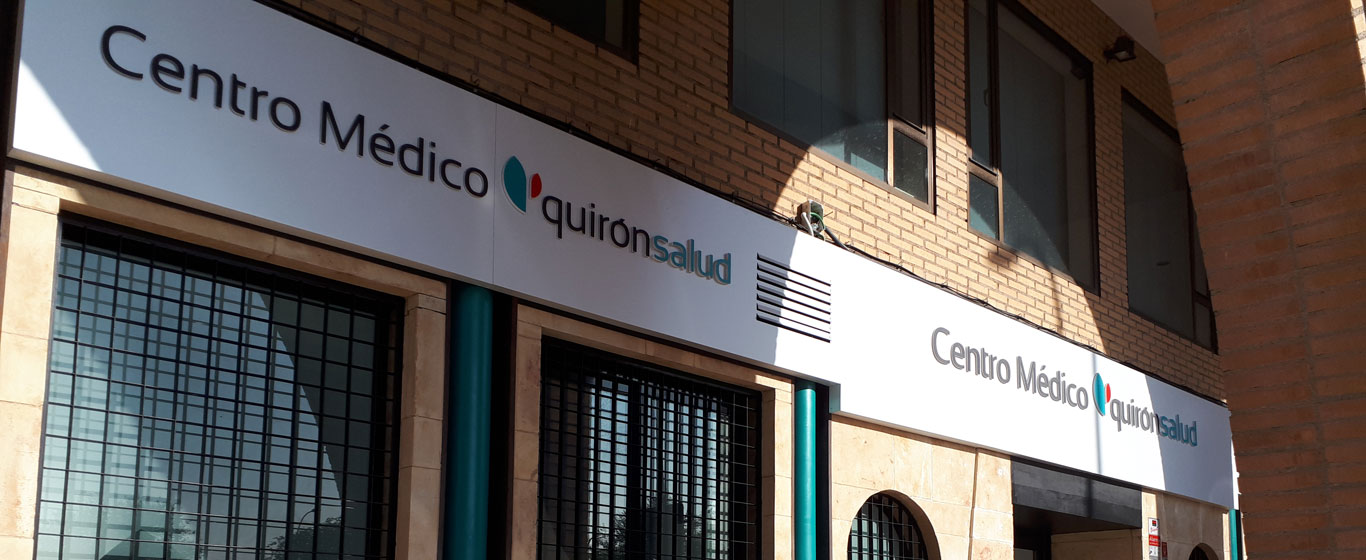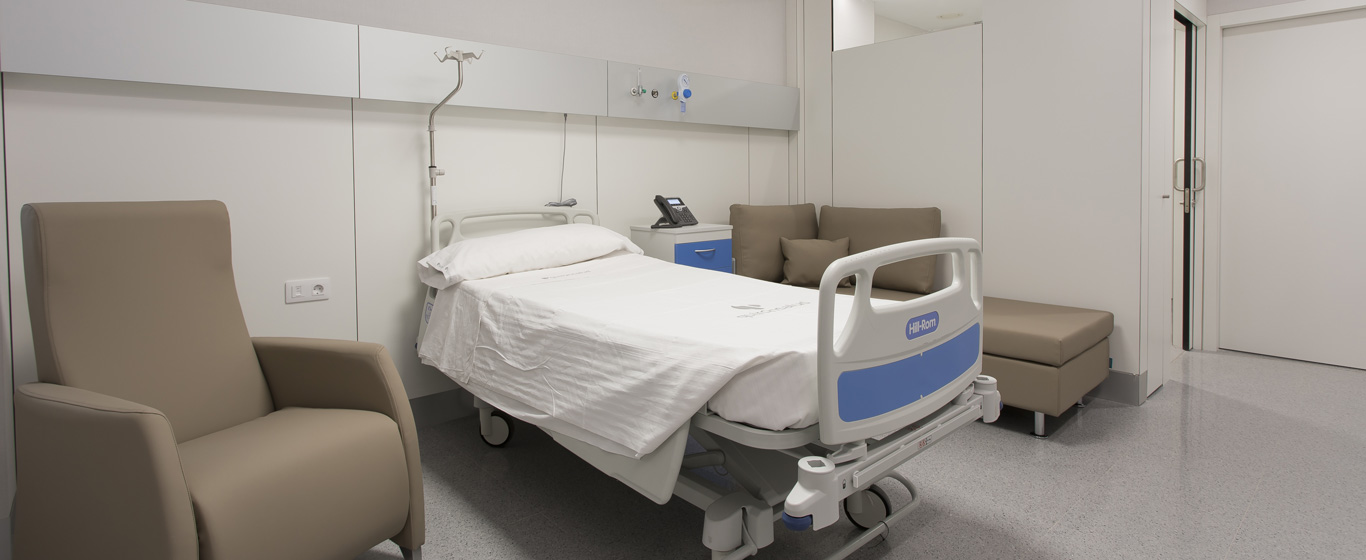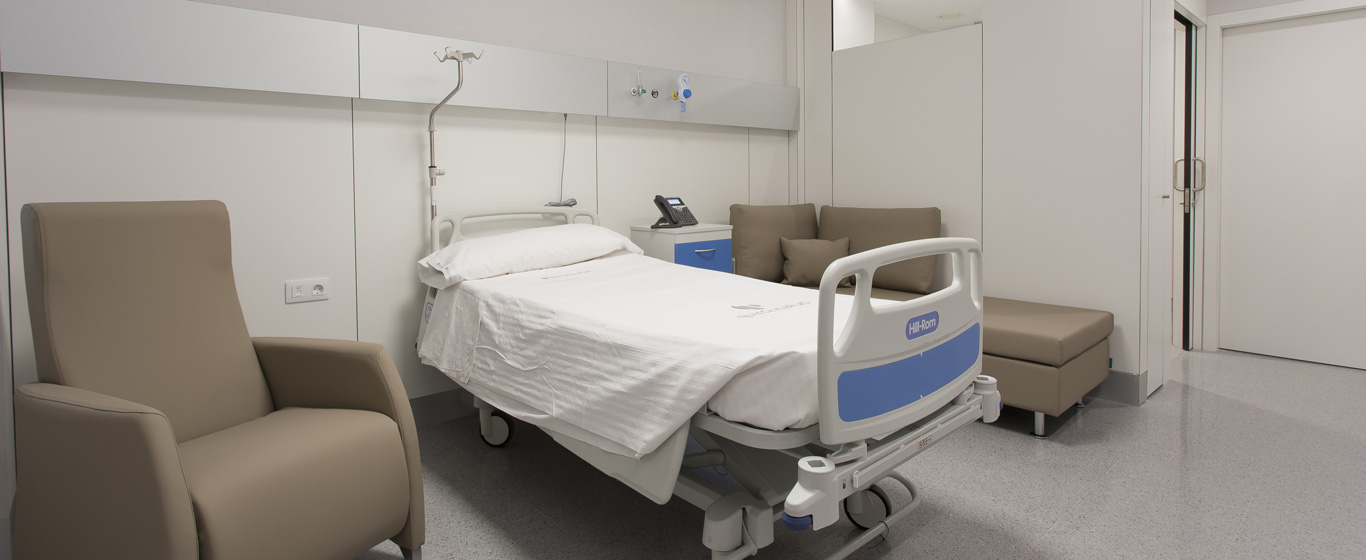Podiatry
Learn about podiatry and its different branches of study. We’ll tell you about the main conditions it treats and the most commonly used diagnostic tests and therapeutic procedures. Request your consultation at one of our hospitals.
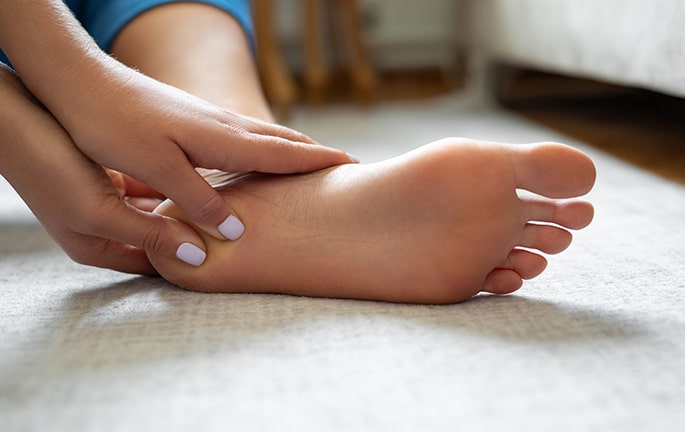
What is Podiatry?
The branch of medicine specializing in the physiology, deformities, and diseases of the feet is known as podiatry. In addition to focusing on diagnosing and treating conditions specific to this part of the body, podiatrists dedicate a significant amount of their time to prevention and promoting good habits. Their goal is to raise awareness among the population about the importance of caring for one of the most overlooked areas of human anatomy.
What does podiatry study?
Podiatry focuses on the study of the feet, their conditions, and how they can influence the well-being of the rest of the body. There are many varied conditions that can manifest in different parts of the foot, which is why Quirónsalud's podiatrists are specialized in various areas of study:
- Sports Podiatry: Focused on the prevention and treatment of foot diseases or injuries caused by sports activities. This area studies the different types of gait and provides care adapted to the needs of each sport.
- Pediatric Podiatry: Responsible for podiatric care for patients between the ages of 0 and 14. Prevention in children is key to avoiding developmental issues.
- Dermatological Podiatry: Focuses on foot skin and nail diseases.
- Podiatric Surgery: Addresses conditions that require surgical intervention for correction.
Who are podiatry services intended for?
Podiatry treats patients of all ages who wish to maintain good foot health or need specific treatment for the conditions they present.
Techniques, Procedures, and Diagnostic Methods
Many of the techniques used in podiatry serve to gain a deeper understanding of the characteristics of each patient’s feet and, in turn, offer a tailored treatment or personalized preventive measures. Additionally, podiatrists rely on specific procedures for diagnosing and treating diseases, injuries, or deformities:
- Chiropody: Treatment that removes calluses and hard skin from the feet to prevent them from leading to more serious injuries.
- Injections: Injections of hyaluronic acid or corticosteroids are used to reduce pain and accelerate the healing of inflammatory diseases in the muscles or bones of the feet.
- Biomechanical Gait Analysis: Involves analyzing a person’s static and dynamic position, as well as their movements and the force they exert while walking. It also examines the relationship of the feet with the knees, spine, and hips. The goal is to prevent injuries caused by improper foot support.
- Wood's Lamp Examination: A test that uses ultraviolet light to detect skin infections.
- Orthonixia: Treatment for ingrown or deformed nails involving placing a metal device to correct their curvature and prevent them from embedding in the skin.
Diseases and symptoms
Main Pathologies and Conditions
Some of the most commonly treated conditions in podiatric consultations include:
- Plantar fasciitis
- Calluses
- Foot fungus
- Athlete’s foot
- Plantar warts
- Toenail fungus
- Bunions
- Valgus foot
- Calcaneal foot
- Plantar bursitis
Related Symptoms
The most prominent symptoms produced by podiatric diseases include:
- Pain in the sole of the foot
- Leukonychia or white spots on the nails
- Talalgia or heel pain
- Plantar warts
- Yellowing nails
- Inflamed Achilles tendon
- Pain in the arch of the foot
- Ankles and knees turned inward
- Black spots on the sole of the foot
- Pain in the big toe joint
- Peeling nails
- Rash in the inner foot area
About the Podiatry Consultation
We solve any doubts you may have before you see the specialist
During the appointment, the specialist will take note of the medical history and conduct an examination of the feet to assess their condition and evaluate the symptoms the patient presents. In cases where it is necessary, additional tests may be requested to reach a clear diagnosis.
What should you keep in mind?
In addition to scheduling an appointment when you experience foot discomfort, it is recommended to visit the podiatrist once a year to prevent the appearance of diseases, especially when engaging in sports, during growth stages, or as you reach old age.
To facilitate the examination, it is important not to arrive with painted nails.
What should I bring to the consultation?
It is advisable to bring a list of symptoms as well as any questions you may have. It is also helpful to bring shoes that have been worn frequently, as their wear may help uncover gait abnormalities.

If you have any further questions, please contact us through the Patient Services telephone number: 900 301 013












